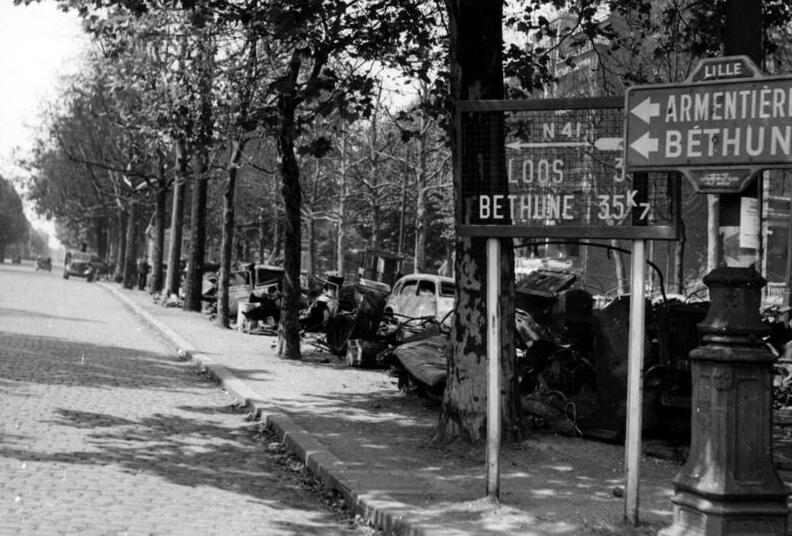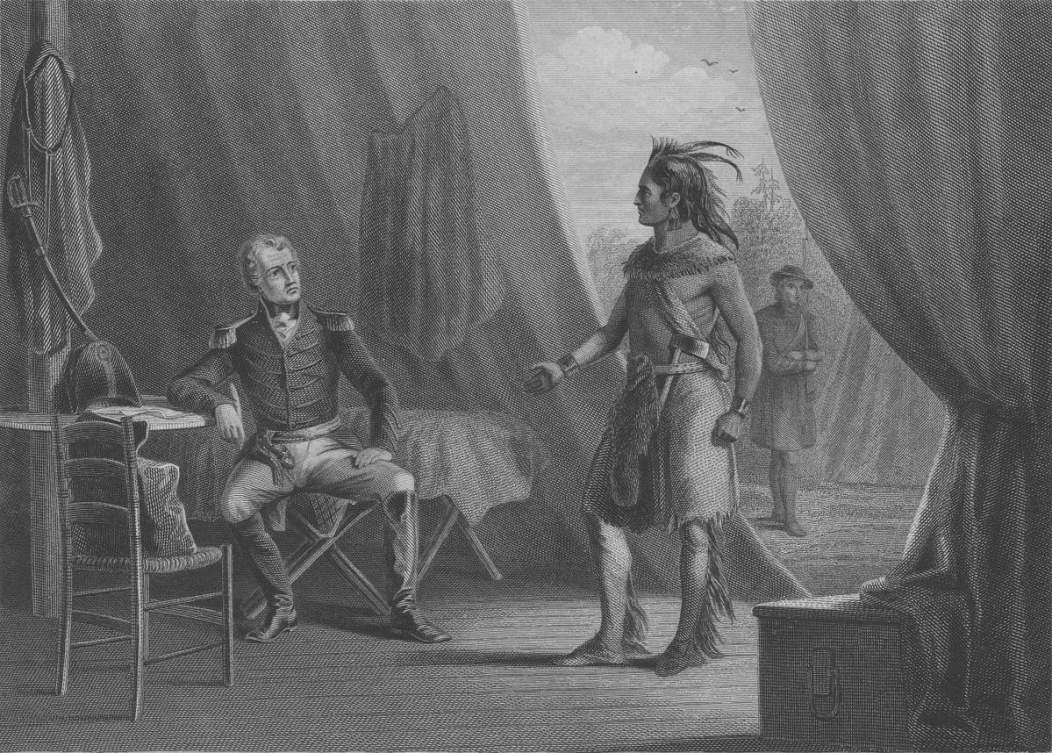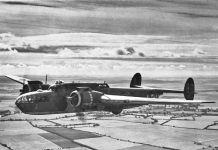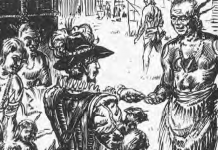Chariots were used in ancient times either for pleasure or for war. According to the Greeks, it was invented by Minerva. Virgil ascribes the honor to Erichthonius, a mythical king of Athens, who appeared at the Panathenaic festival, founded by him, in a car drawn by four horses. The ancient chariot had only two wheels, which revolved upon the axle, as in modern carriages. A two-seater, four-wheeled carriage with a driver’s seat in front used for pleasure carriage or traveling post.
The pole was fixed at its lower extremity to the axle, and at the other end was attached to the yoke, either by a pin or by ropes. The Greeks and Romans seem never to have used more than one pole, but the Lydians had carriages with two or three. In general, the chariot was drawn by two horses. Such was the Roman biga, but we also read of a triga, or three-horse chariot, and a quadriga, or four-horse one. It was also sometimes called carts or wagons for transporting goods.
In ancient warfare chariots were of significant importance: thus, we read of Sisera’s 900 iron chariots giving him an enormous advantage against the Israelites. The Philistines in their war against Saul had 30,000 chariots. Ancient Egypt’s sculptures show that chariots strengthened the Egyptian army. There are also sculptures that give a clear idea of Assyrian chariots. These resemble the Egyptians in all essential features. In modern times the name chariot has been given to a kind of light traveling carriage now out of vogue.
Read More – The Rise and Fall of Onomarchus






